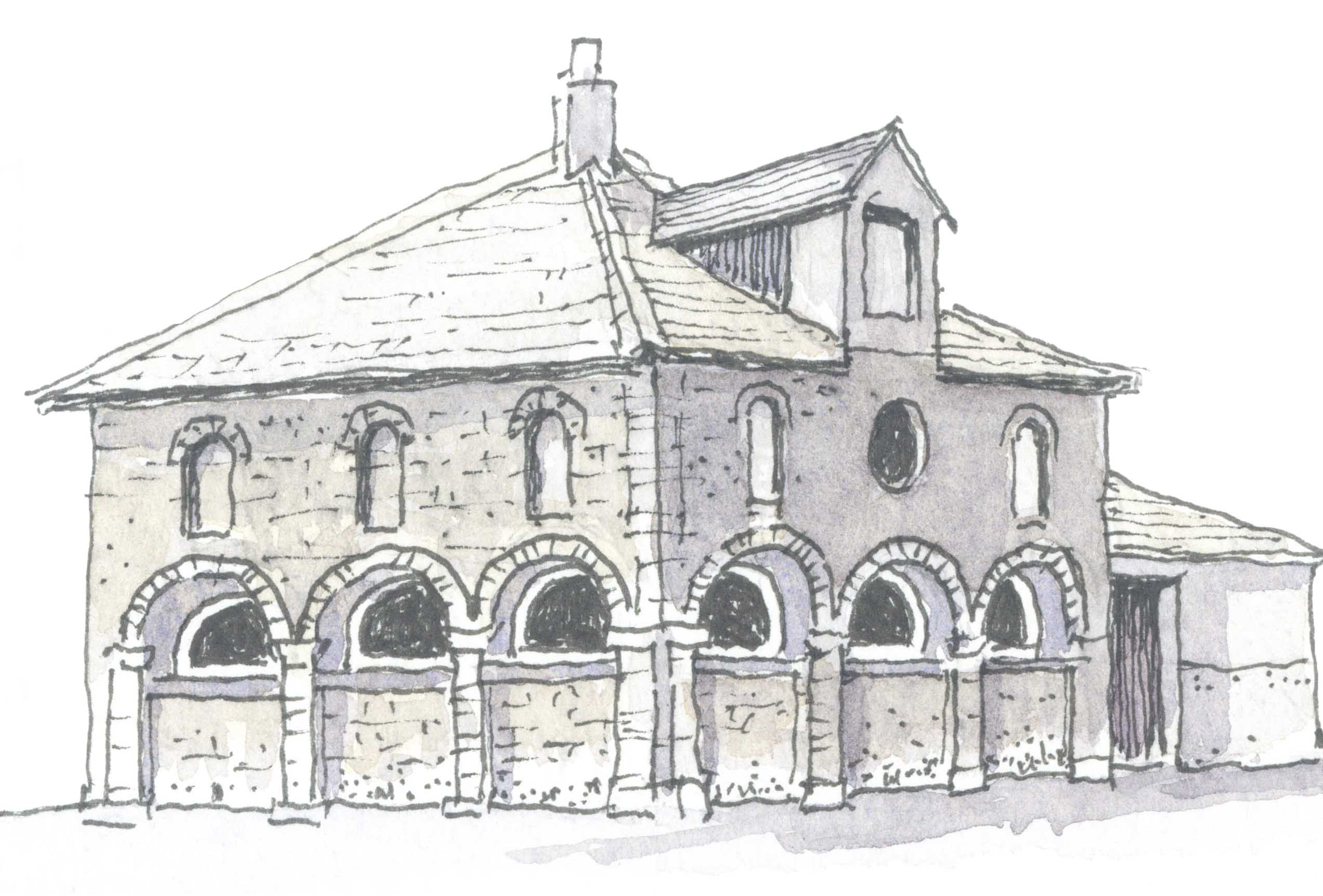Shap Local History Society held their first indoor meeting of the winter season in the memorial hall when Chairman Jean Jackson welcomed Christopher Robson who gave a presentation on The Cumberland Reivers. Mr Robson began by describing the collection held at Tullie House as the best Reiver collection, and the book ‘The Steel Bonnets’ by George MacDonald Fraser as a classic. His father Ralph Robson had also researched and written a book called ‘English Highland Clans’.
There were many maps showing the Locations of the dales and secluded places used by the various families and the area known as the Debatable Lands.
One event was highlighted; the great raid by Robert the Bruce in 1322, when he laid waste west Cumbria, then crossed the Morecambe Bay sands to raid Lancaster and Preston before turning back north raiding and destroying as he went. Following that raid many of the pele towers were built for defence and refuge.
The people known as Scots were, Mr Robson said, a mixture of Picts, Irish, Welsh and English. The First King of Scots was Kenneth Mac Alpin 810-855.
Cumbria and Northumbria were not included in the Domesday book, but William Rufus made Cumberland and Westmorland part of England, by planting Norman nobles as settlers.
The great battles between Scotland and England were Bannockburn in 1314, Flodden 1513 and Solway Moss 1542 the latter often referred to as ‘The Rough Wooing’.
Mr Robson described the Reivers as gangs for organised crime like the mafia. There was widespread rustling or ‘lifting’ of cattle, sheep and horses. They worked at night without moonlight using horses and dogs. One record showed that in one night 2000 sheep, 200 cattle and 50 horses were lifted by one group.
Mr Robson listed many surnames from both sides of the Border, saying that many of those present would be descended from the Reivers. The famous legend of Kinmont Willie Armstrong told how he was imprisoned in Carlisle castle and broken out by other Reivers. Recordings and words of some of the old Border ballads – Kinmont Willie, Chevy Chase and the Border Widows’ Lament were included.
The Border warfare came to an end after the Union of the Crowns under James the Sixth of Scotland and First of England. Mr Robson was thanked and questions were invited.
REPORT ON THE MEETING OF SHAP LOCAL HISTORY SOCIETY HELD ON MONDAY 22nd October 2018
A remarkable Cumbrian character.
Shap Local History Society welcomed John Sharpe from Clifton, who has addressed the Society on previous occasions.
The subject of his talk was James Barker Bland, who had been born at Hegdale in Shap Parish in 1854.
He began by saying that James was the 13th of 14 children born to John and Elizabeth Bland and all fourteen survived into adulthood. The parents had been married at Kentmere in 1831 and the first of their family was born there; they moved over the fells to Kings Meaburn in the Eden Valley where a further four children were born; they then moved into Mardale and farmed at Flake How for ten years, during which time they added another six to their brood. The next move was the Hegdale near Rosgill, and this was where the final two of their family including James were born. The family were recorded as being back at Kentmere Hall in 1861.
James was the only one of the children to have two Christian names, and he became known as JBB. He left home at 16 years old for Patterdale; he claimed to have made the journey between Kentmere and Patterdale 25 times before he settled down. He settled at Caudlebeck and married Esther Thompson in 1876. They then moved to Sykeside where four of their seven children were born.
In 1883 JBB took his family and moved west to Brotherilkeld in Eskdale, a journey that took then over the high mountain passes of Kirkstone, Wrynose and Hardknott in the middle of winter. Whilst they were there three children were born, and he arranged for a double baptism for two of them telling the parson at Eskdale that it wasn’t worth yoking up the cart for one.
In the 1890s he moved his family back over the passes to Waterside Farm near Pooley Bridge.
Then began a series of moves back across the county; first in 1897 to Ennerdale, then to Scar Green, Calderbridge, then they moved to yet another farm, Laverock Hill where he lived for the rest of his life.
James Barker Bland died at his son’s home at Corney Fell in 1942 and is buried at Ponsonby church.
Mr Sharpe summed JBB up as being his own man, who often fell out with people. He was a regular contributor to the Whitehaven News on all manner of subjects such as history and folklore. He was well read and could recite long tracts of Robert Burn’s works, and was in demand at Burn’s Night gatherings as far afield as Moffat.
He claimed that Beatrix Potter had based Pigling Bland on him; it is likely the two knew one another since they were sheep breeders and would attend the same shows.
He was described as ‘grumpy old beggar’, but was always keen to give legal advice, and one person said that he would have been more suited to the law than sheep farming.
Mr Sharpe was thanked and questions were invited.
